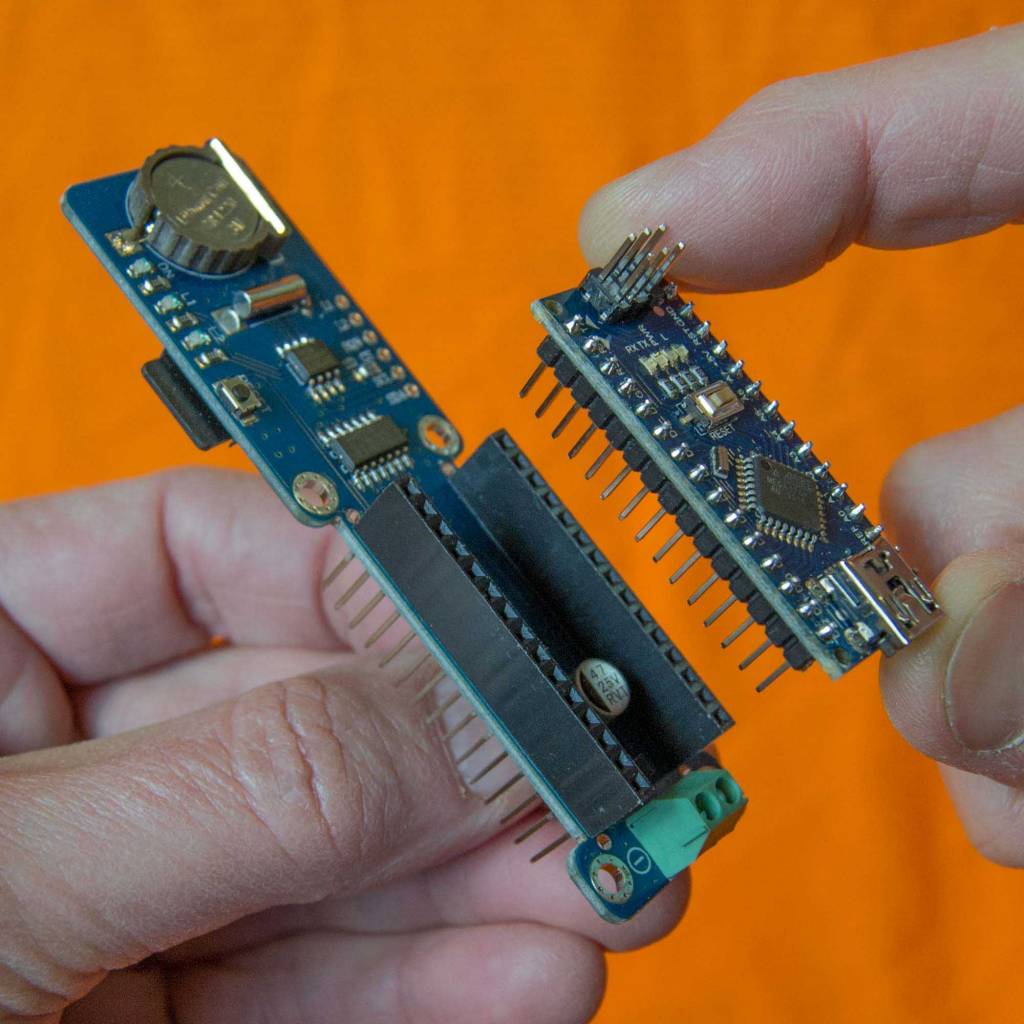

- Arduino camera without sd card how to#
- Arduino camera without sd card install#
- Arduino camera without sd card software#
- Arduino camera without sd card code#
You can also use RTC IC DS1307 for reading the time with Arduino.ĭHT11 is a Temperature come Humidity sensor. Make sure you comment them back and upload it, else each time you run the board the date and time will be set again. It can be done by simply removing the comments as mentioned above and writing the date and time. Note: When using this module for the first time you have to set the date and time. Rtc.setDOW(FRIDAY) // Set Day-of-Week to SUNDAY # the following lines can be uncommented to set the date and time for the first time# Init the DS3231 using the hardware interface Using this module is very easy because of the library provided by Arduino.

So once we set the date and time in this module it will keep track of it always. This module has its own coin cell power supply using which it maintains the date and time even when the main power is removed or the MCU has gone though a hard reset. It is used to maintain the date and time for most of the Electronics projects. Further, I will explain the important segments below.ĭS3231 is a RTC (Real Time Clock) module.
Arduino camera without sd card code#
I have tried my best to keep the code as simple as possible and the explanations are also given through comment sections. Now after adding both libraries and after installing the software, you can use the Complete Code (given at bottom of tutorial) and upload them to your Arduino. We will take care of it later in our working section. This should have created a folder named PLS-DAQ on your desktop.
Arduino camera without sd card install#
Follow the link to download the file and install them based on your operating system.
Arduino camera without sd card software#
To feed the data from Arduino lively into an Excel sheet on computer we will also need to install software called PLX-DAQ provided by Parallax Inc. Once you have downloaded the library add them to your Arduino IDE by following Sketch->Include Library -> Add. DS3231 RTC module library from Rinky-Dink Electronics.You have to download the following two libraries The above steps might sound complicated but they are very easy since we have the libraries to do the hard job for us. Store the Date, Time, Temperature and Humidity on a Excel Sheet running on a computer/Laptop.Store the Date, Time, Temperature and Humidity into the SD card.Initialize the SPI bus to interface the SD card module with Arduino.Initialize the I2C bus to read data from RTC module.Read data from DTH11 Sensor (or any other data that you wish to log).We have to write the Arduino program which can do the following. We previously interfaced SD card with Arduino in Music player project. The pins 4 and 7 are defined as the CS pin and output pin by Arduino program, you can change them to any other pin if required. The RTC module DS3231 is interfaced with Arduino using the I2C communication (SCL, SDA) and the SD card module is interfaced using the SPI Communication (MISO, MOSI, SCK, CS). You can check LM35 with Arduino to read temperature. You can replace the DHT11 temperature sensor with any of your sensor from which you need to log the values. The connections are further classified in the table below The circuit Diagram for this Arduino Temperature Logger Project is shown below.Īs shown in the circuit diagram the connections are very simple since we have used them as modules we can directly build them on a breadboard.
Arduino camera without sd card how to#

To maintain the date and time we will use the famous RTC module DS3231 and to get the Temperature and Humidity we will use the DHT11 Sensor. The data saved can be easily opened in an Excel Sheet for further analyses. We will use an Arduino board to read some data (here temperature, humidity, date and time) and save them on a SD card and the computer simultaneously. Recording data and analyzing them is a common practice in most of the industries, here we are building Arduino Data Logger Project where we will learn how we can log data at a specific interval of time. As Engineers/Developers we always rely upon the data collected to design or improve a system.


 0 kommentar(er)
0 kommentar(er)
